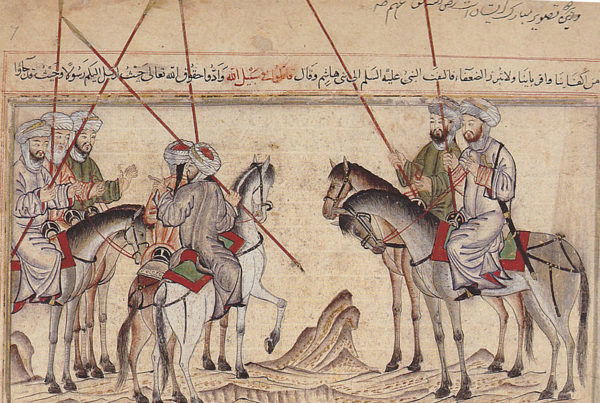When trying to get information from a captured terrorist suspect, the temptation to do the ‘rough stuff’, play ‘slappy face’, or otherwise resort to border-line torture techniques is often very strong. As we all know, strong temptation too easily leads to over-indulgence; and resort to torture is a dangerous practice. For a start, it dehumanizes the persons on both ends of the red-hot poker, and – in counter-terrorism – can eventually make you become as much of a monster as that which you are fighting.
Any real expert in the art of interrogation will tell you that the best approach is purely mental; and that the best mental approach is to let the prisoner regard you as his friend. This was how Major Matthew Alexander helped in the hunt for al Qaeda’s top leaders in Iraq. How to Break a Terrorist (Free Press, New York, 2008) relates Matthew Alexander’s part in the successful hunt for Abu Musab al Zarqawi.
Alexander’s book (written with some assistance from John Bruning) is a straightforward narrative of his part in the hunt. The book is partly drawn from his notes and reports; and so contains a novelty that adds much to its authenticity – the final draft was submitted to his superiors just before publication and details that would compromise the security of several individuals is blacked out.
Interrogation of terrorist subjects does involve appearing as the prisoner’s friend and then, in some manner or other, betraying that trust to utilize the intelligence that has been gained. The book is spare and gritty, and ends with the actual death of an al Qaeda murderer, but it is an accurate portrayal of the best practices of the modern interrogator.








